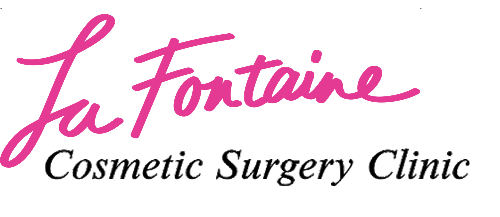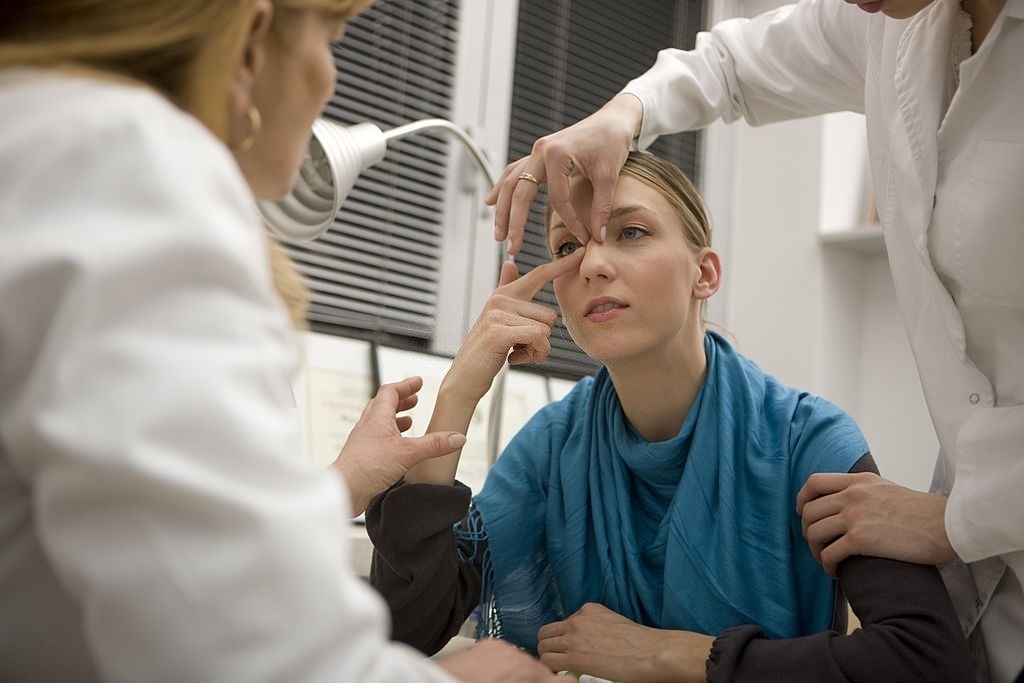There are various reasons to consider having a nose job, or what we officially call rhinoplasty. If you are unhappy with the look of your nose, rhinoplasty can drastically, or subtly, improve the look of your face. Whether you consider your nose too big, too long, too wide, or simply don’t like its shape, rhinoplasty can help bring more symmetry and attractiveness to your face overall. Having confidence in the appearance of your face is a game changer in regards to self-esteem, which is crucial to your well-being.
Not all rhinoplasty has to do with improving your physical appearance however. Oftentimes rhinoplasty is performed to improve one’s breathing as well, leading to better relaxation and more peaceful sleep.
There are in fact multiple reasons to consider having rhinoplasty:
- Nose surgery can assist with boosting your self-confidence.
- Rhinoplasty can improve sinus issues including headaches, consistent nasal clog, and sinus pressing factors.
- Repairing a broken nose can also be done with rhinoplasty, which can alleviate pain and further improve your appearance.
- Wheezing might be something you manage, or attempt to cure with over-the-counter items, but it can fundamentally affect your rest. A nose surgery offers a solution to this problem.
- Nose irregularities occurring at birth, whether it be an unusual bend, bump, or immature nose, can also be corrected with rhinoplasty.
Choosing to have rhinoplasty, regardless of your reasons, can accompany some questions. Quite possibly, the most well-known inquiries regarding rhinoplasty, concern the pain and healing process. While any intrusive medical procedure may cause some distress during the mending cycle, most rhinoplasty patients will experience some swelling and sensitivity initially, but they are usually still able to relax comfortably while healing.
After the procedure, you need to rest in bed with your head raised higher than your chest to diminish draining and expansion. Your nose might be clogged due to swelling or the braces put inside your nose during the surgery. A little draining and waste of bodily fluid and old blood are regular for a couple of days after the surgery, or while removing the dressing. You may get a “trickle cushion” a little piece of cloth held set up with tape right in front of you to retain waste. Afterwards, change the dressing as coordinated by your primary care physician.  Most patients start to see the results of the surgery in only a couple of days, and will likely be able to return to work within seven days.
It is important to remember that rhinoplasty is not like getting a hair cut. Your surgeon’s technique is tweaked to the necessities of your face, so acquiring a photograph of a nose you’d like to have isn’t generally a viable option. Your surgeon will make evenness and equilibrium a priority, and what looks engaging on one individual isn’t generally an excellent fit for another.
Despite the shame some may put on cosmetic procedures, the choice to have nose work ought to be your own, so settle on an educated decision by cooperating with your Board Certified Plastic Surgeon to discuss how rhinoplasty can help you.


